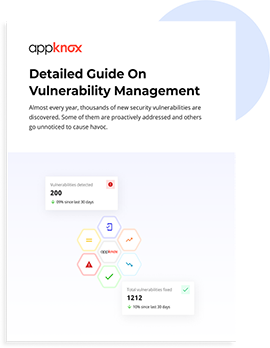
Process in Vulnerability Management
Implementing a vulnerability management process in place is all about managing and mitigating risk. This guide on vulnerability management starts with the basics and introduces you to the step by step approach, roles and responsibilities and the best practices that must be followed
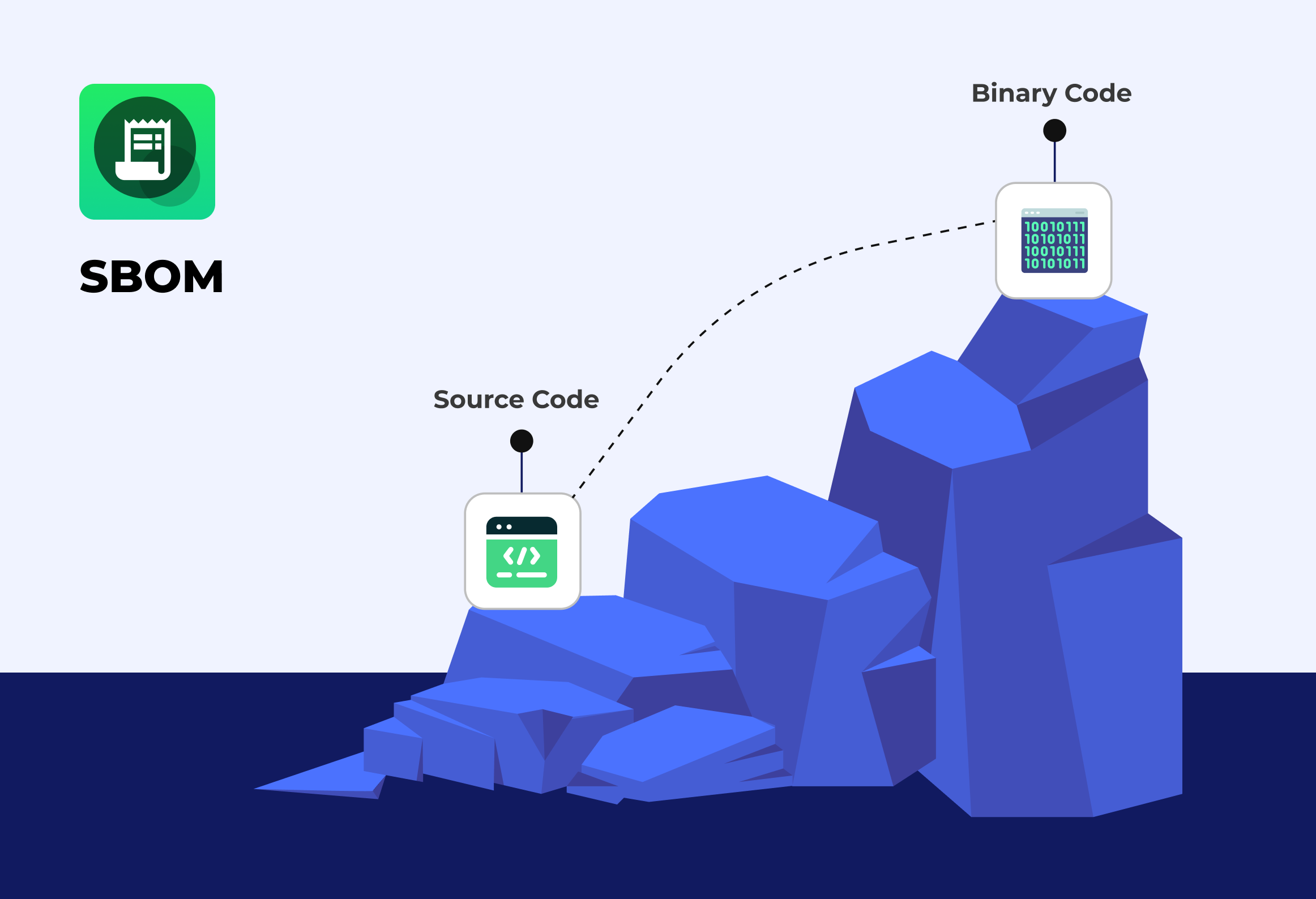
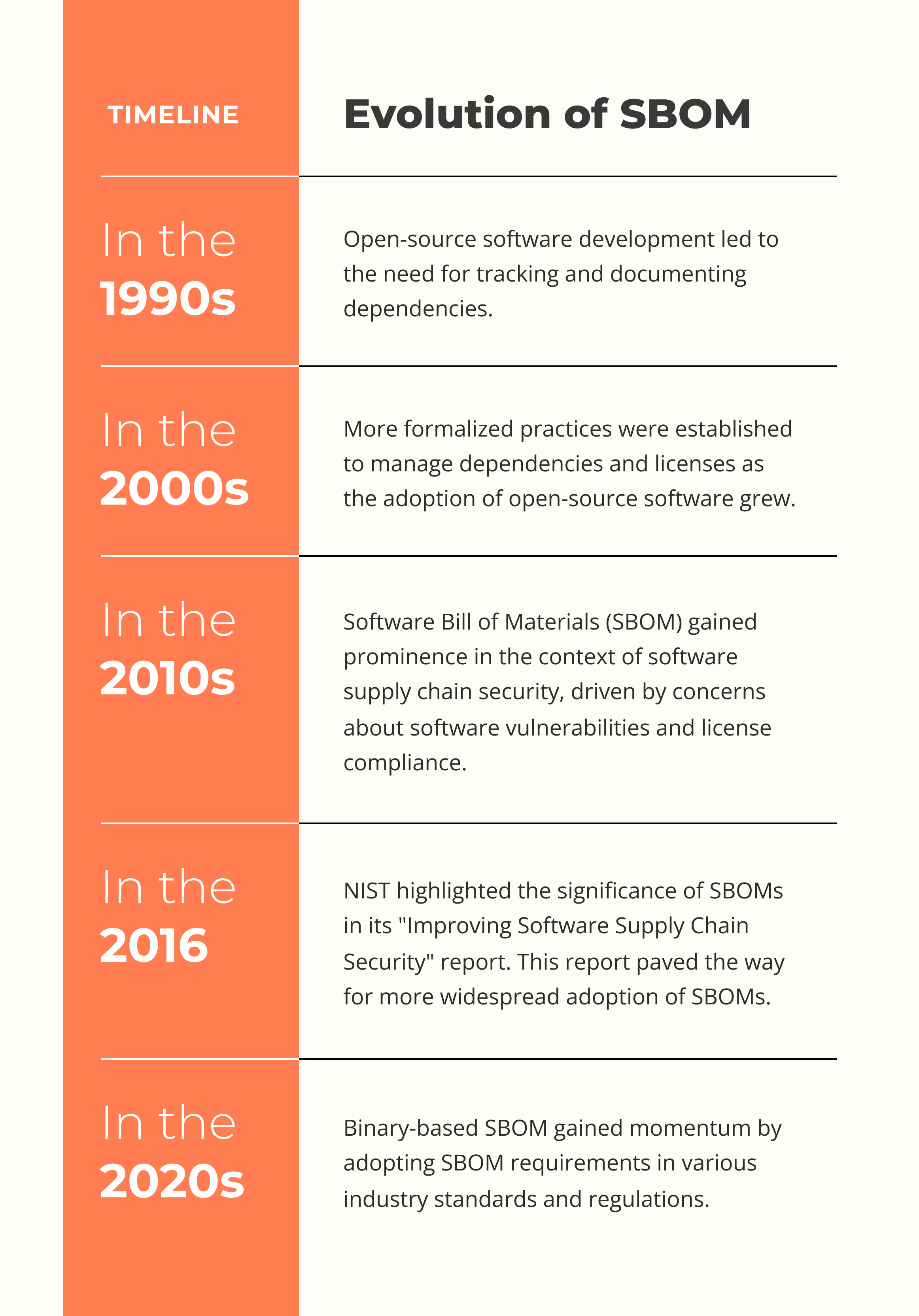
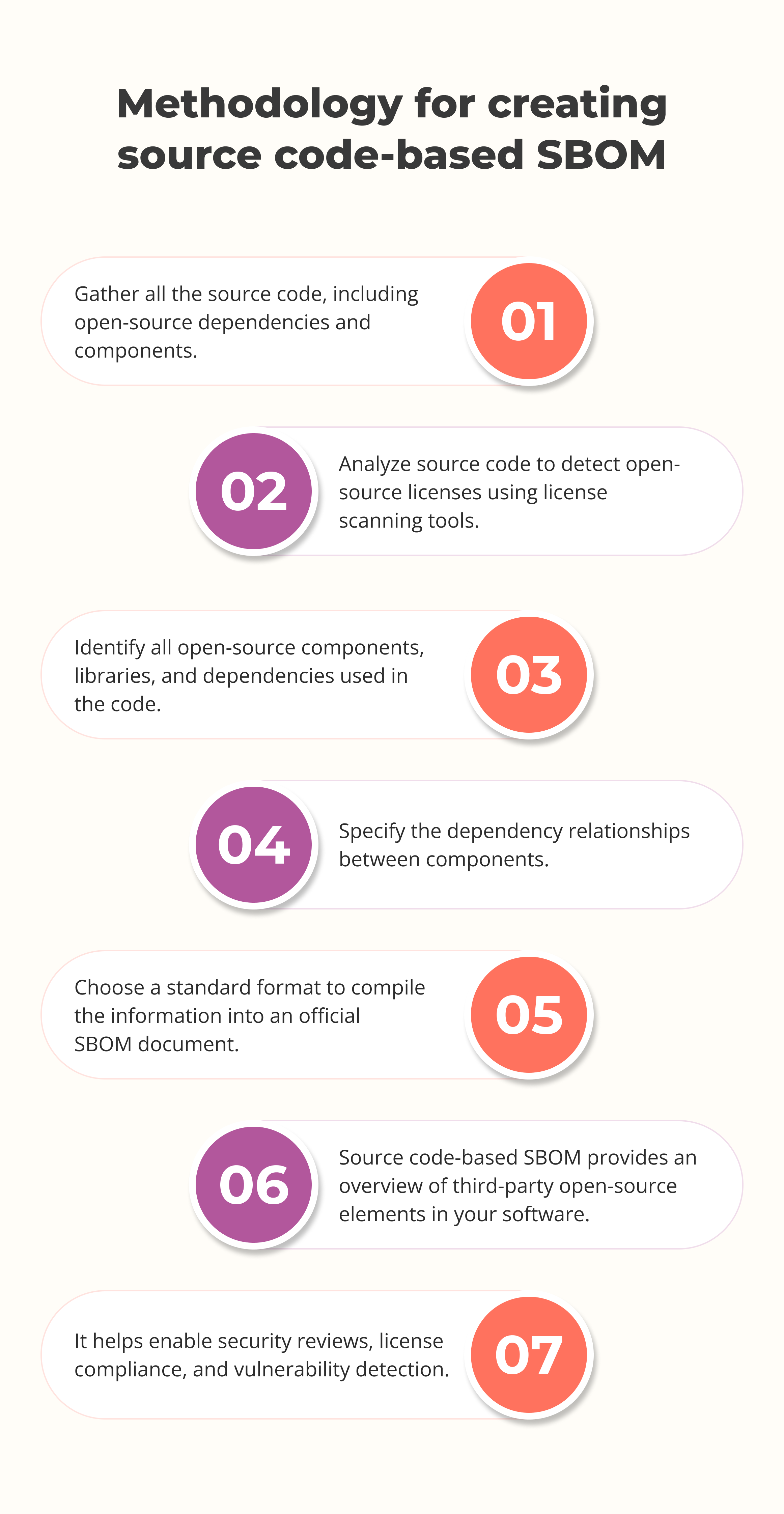
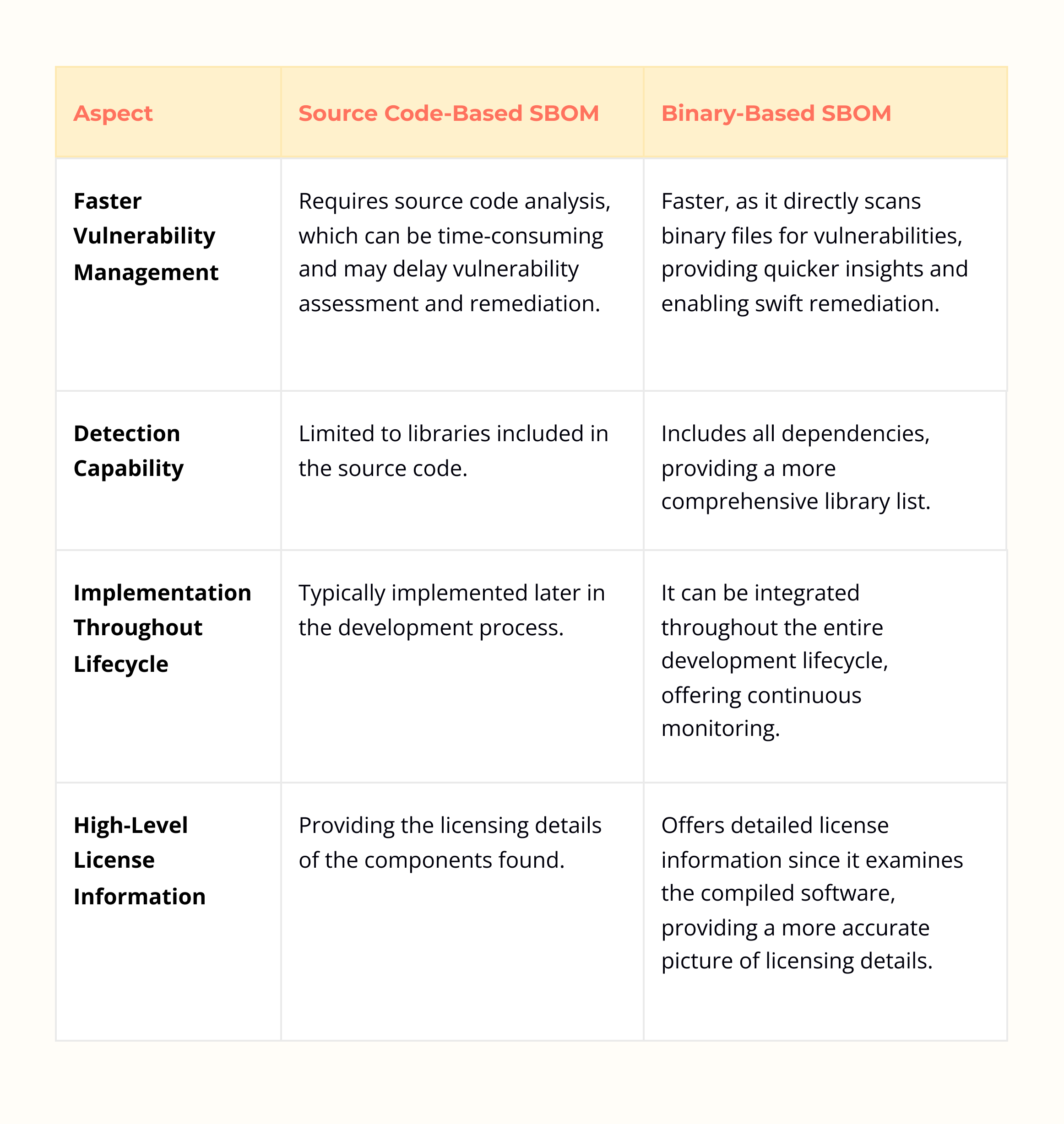
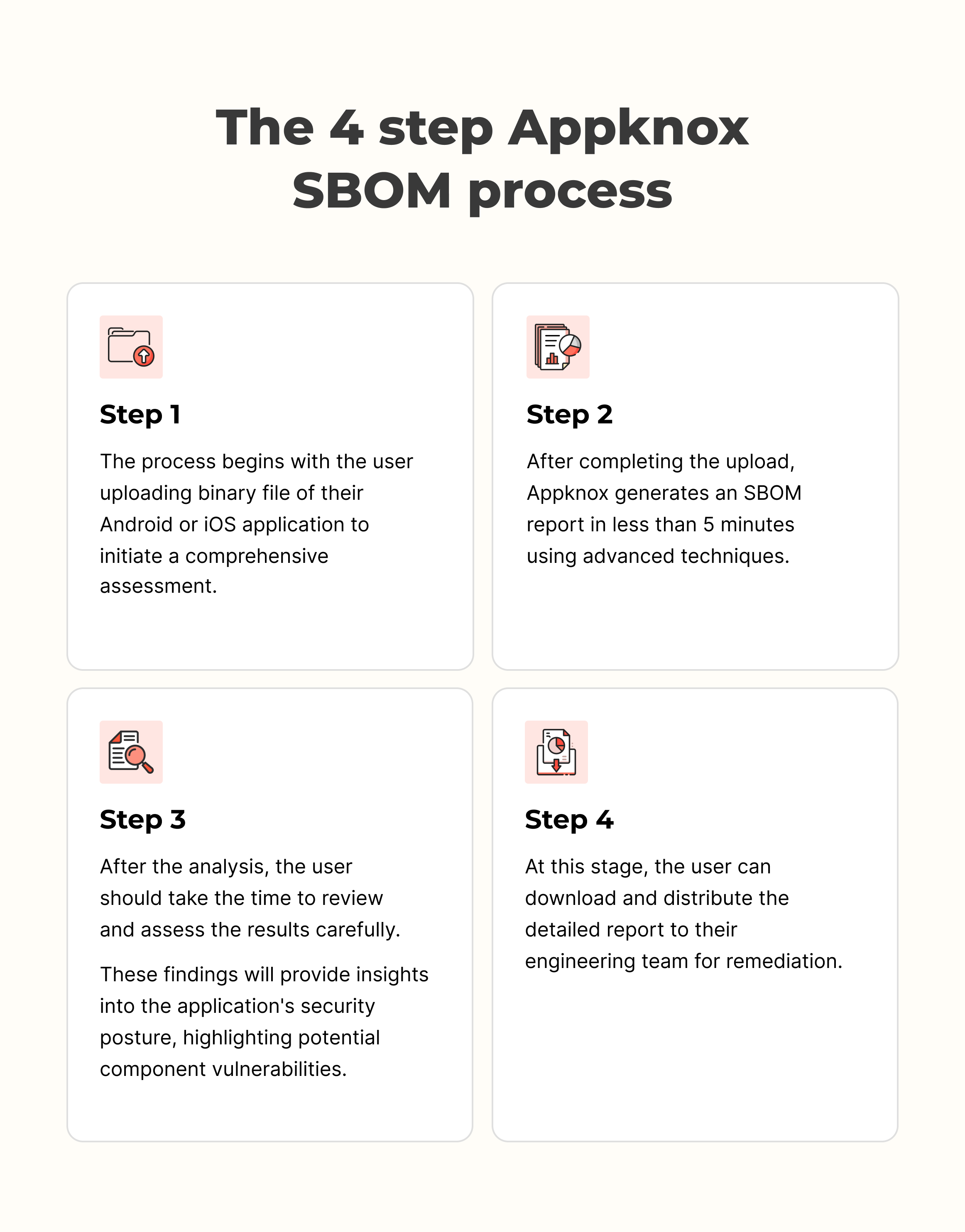







_HighPerformer_HighPerformer.png?width=123&height=160&name=DynamicApplicationSecurityTesting(DAST)_HighPerformer_HighPerformer.png)
_BestEstimatedROI_Roi.png?width=123&height=160&name=StaticApplicationSecurityTesting(SAST)_BestEstimatedROI_Roi.png)

